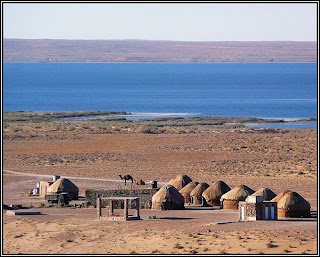
UPDATE
Due to the weather and other concerns, the scrapbooking workshop has been postponed until further notice. If you have already registered for the class and paid your fee, the library will return your money. Thank you for understanding.
On Tuesday, May 3rd, Robyn Rogers will be conducting a scrapbooking workshop in the Garland County Library’s multipurpose room (adjacent to the children’s library) from 12-2 pm. This genre of personal journaling is an excellent way to preserve your photographs and memorabilia with meaning and context. Come join us to start your own summer or mini-travel scrapbook. Remember, patrons must pre-register in person and pay a 5 dollar fee to attend. While you’re here, browse our extensive collection of scrappy titles under Dewey number 745.593 in the non-fiction stacks. For more information on this or any of our other upcoming programs call 501-623-4161 or 501-922-4483.
Enjoy your summer and Happy Scrapping!!!
Photograph courtesy Wikimedia Commons







